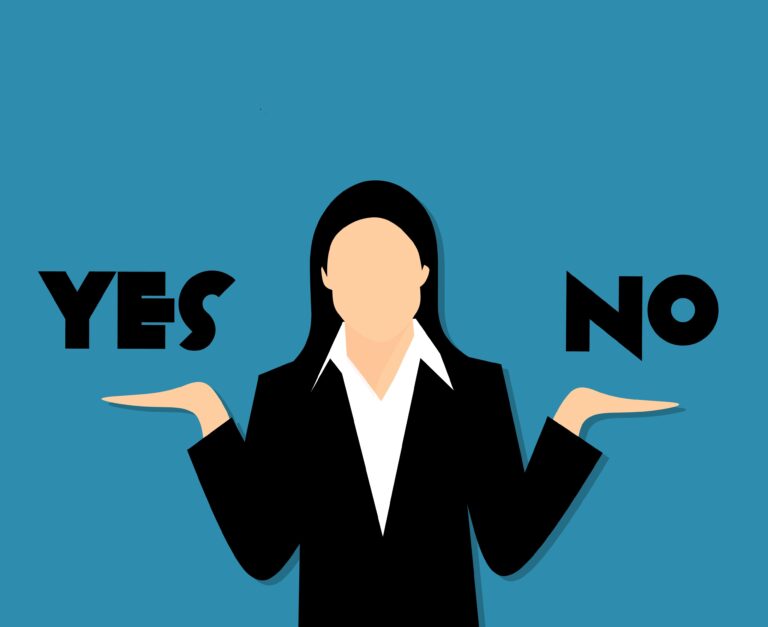Cold Calling vs. Warm Calling: What’s The Difference?
Calling can typically be broken down into two different stages of the relationship – cold calling vs warm calling.
If cold calling is like swimming out to the cold, dark depths of the ocean, then warm calling is like relaxing with a mojito on a bright and sunny day on the beach. In other words, cold calling is when you contact a prospect that you do not know and wasn’t expecting your call. On the other hand, warm calling is when you reach out to a prospect that you already have some relationship with and is expecting to hear back from you or your company.
Make sense so far?
So why on Earth, you ask, would anyone ever want to cold call? Great question!
Very simply, cold calling, or even cold outreach, no matter how you are getting your message across, is absolutely essential to your sales process. There is no warm call without a cold call.
Let’s dive a little deeper into them both: the pros, the cons, and which is most important to a budding sales superstar.

Table of Contents
What is cold calling?
Cold calling, according to Oxford, “is to make an unsolicited call on (someone), by phone or in person, in an attempt to sell goods or services.”
If you’re reading this article, you probably know as much already.
This is where most of the grunt work of cold calling for a sale is done. You typically start by getting a list together of names and numbers. And then go through each of those names calling to introduce yourself, gather intelligence, and set up a follow-up call or appointment(warm lead).
Cold calling can be considered an “interruption” since the prospects weren’t expecting a call from you.
Now with that out of the way, cold calling is the lifeblood of most cold calling geared businesses. Like I said earlier, there is no warm call without the cold call.
The cold call stage can also be known as the “Discovery” stage or “Gathering Intelligence” stage.
This is probably THE most crucial part of your cold calling sales process. This is where you really connect with your prospect, find out their needs, their problems, their wants, and more so when you do get around to the WARM call next time out, you already know how to present your offer.
Pros of Cold Calling
Low Barrier to Entry: The barrier to entry for cold calling is relatively low. You need a phone, a list of names and numbers, and at the very least, an idea of what and why you are calling.
No Appointments Necessary: Unlike warm calling, you don’t need any appointments set up in order to make a sale. You can pretty much call people at random and start pitching away.
Higher Chances of Finding Unique Opportunities: If you are working in a saturated industry, cold calling can be your way to getting past all the other competitors trying to get through. And let’s face it, a lot of salespeople hate cold calling. What does that mean for you? A distinct opportunity to swoop in and rapidly cultivate new relationships right under your competitor’s nose.
Cons of Cold Calling
Higher Chance of Rejection: When you’re cold calling, you are essentially asking for a stranger’s time and attention.
It Can be Tedious and Time-Consuming: Cold calling can be tedious and time-consuming. You can go hours without reaching someone, or even days without finding a qualified lead to get back in touch with.
Requires Sales Skills: Cold calling is not for the faint of heart. There’s a low barrier to entry, but it doesn’t mean you’ll be successful. To be efficient – It takes guts, determination, strategy, and skills to be successful at it.
What is warm calling?
You guessed it – warm calling is everything that makes cold calling great without all of the bad. Warm calling is when you already have a relationship with your prospect, so they are expecting to hear from you.
This means you’ve already found out about the prospect, gathered intelligence, and are presenting your offer, rather than introducing yourself.
You probably know how much work really goes into cold calling, so it doesn’t take a genius to understand why warm calling is the preferred method for most sales reps.
HOWEVER, the caveat is, only making warm calls may not be an option for everyone. There are certain sales organizations that hire roles strictly for cold calling (Business Development) and other roles strictly for handling warm leads (Account Executive).
But if you’re running your own business and don’t have the resources to hire or generate warm leads through other forms of advertising – Lucky you! You get to do both! 😉
Pros of Warm Calling
Pre-Qualified Leads: Since you’ve already gathered intelligence on the prospect, you know they are qualified and are more likely to be interested in what you have to say.
Faster Close Rate: Warm calling often results in quicker and higher closing rates, simply because you got most of the hard work out of the way.
Cons of Warm Calling
Pricey Upfront Investment: For most people, warm calling requires more investment initially, whether that be time or money. Like I said, in order to even have a warm lead to speak to, you would have needed an introduction in the first place.
May Not Reach All Targets: Even if you have a great relationship with a prospect, there’s no guarantee they’ll be available or interested in what you have to offer. And typically, you’ll have fewer warm leads to reach out to than cold leads.
The Sales Funnel: How it all fits together
At the end of the day, cold calling and warm calling are utilized cooperatively, not comparatively. You don’t have one without the other.
As you grow your career in sales, you’ll surely end up experiencing both at some point: Cold calling for pre-qualified leads and warm calling to further nurture your relationship with prospects.
Just think about it like an old-school assembly line (gif for illustration.)
The cold call is the raw material that first enters the assembly line; it’s up to you to mold and shape them into something presentable, sellable.




![The Best Cold Calling Script for Financial Advisors [With Template]](https://bigtimecloser.com/wp-content/uploads/2022/07/stock-gcd240df80_1280-768x512.jpg)




